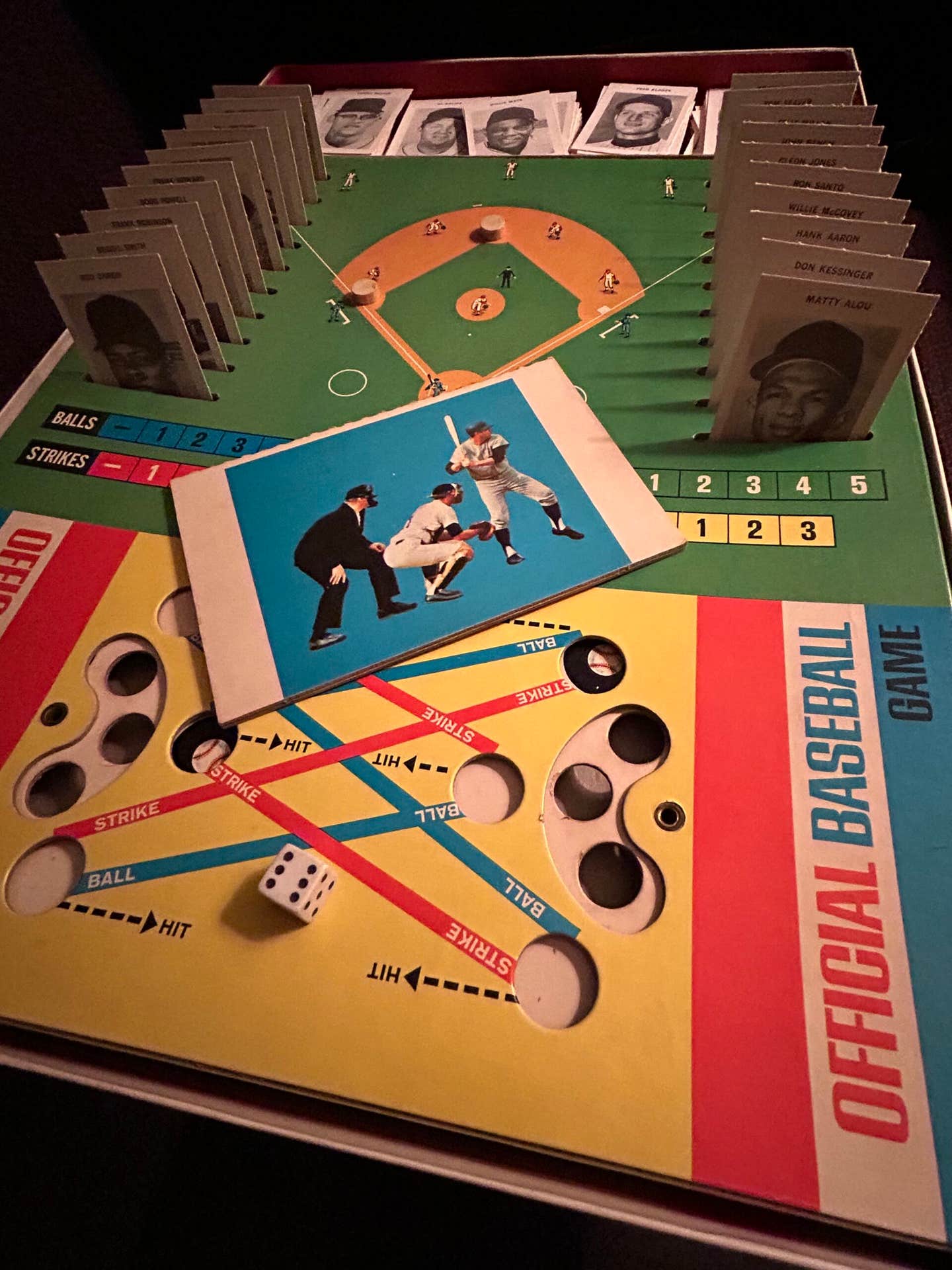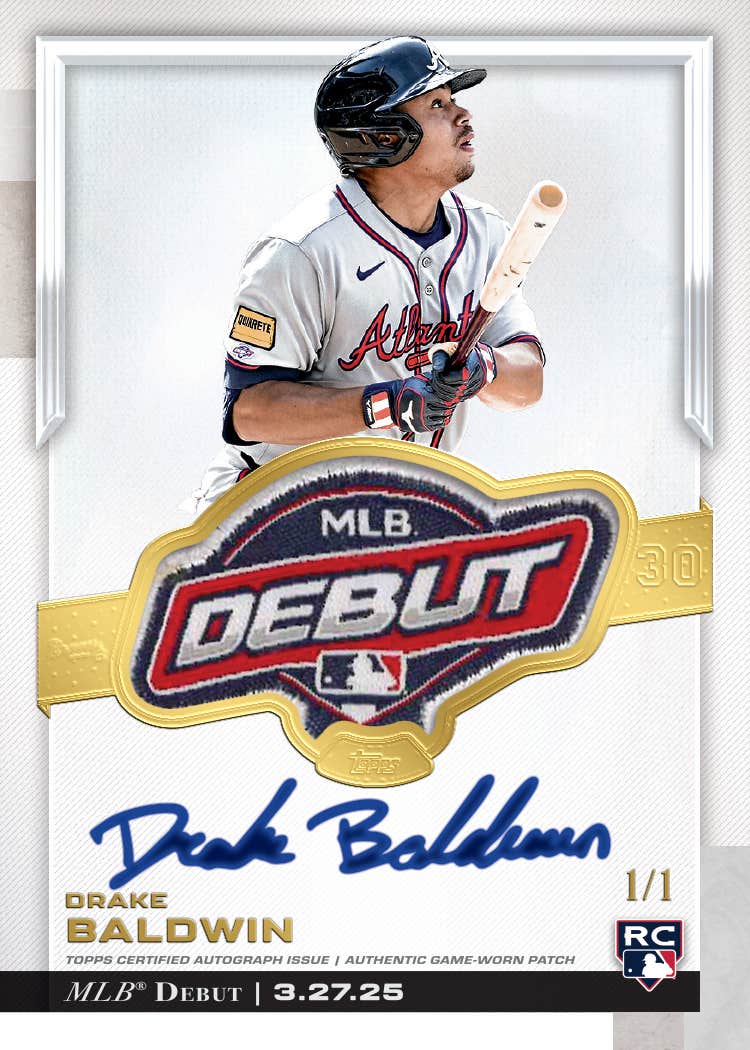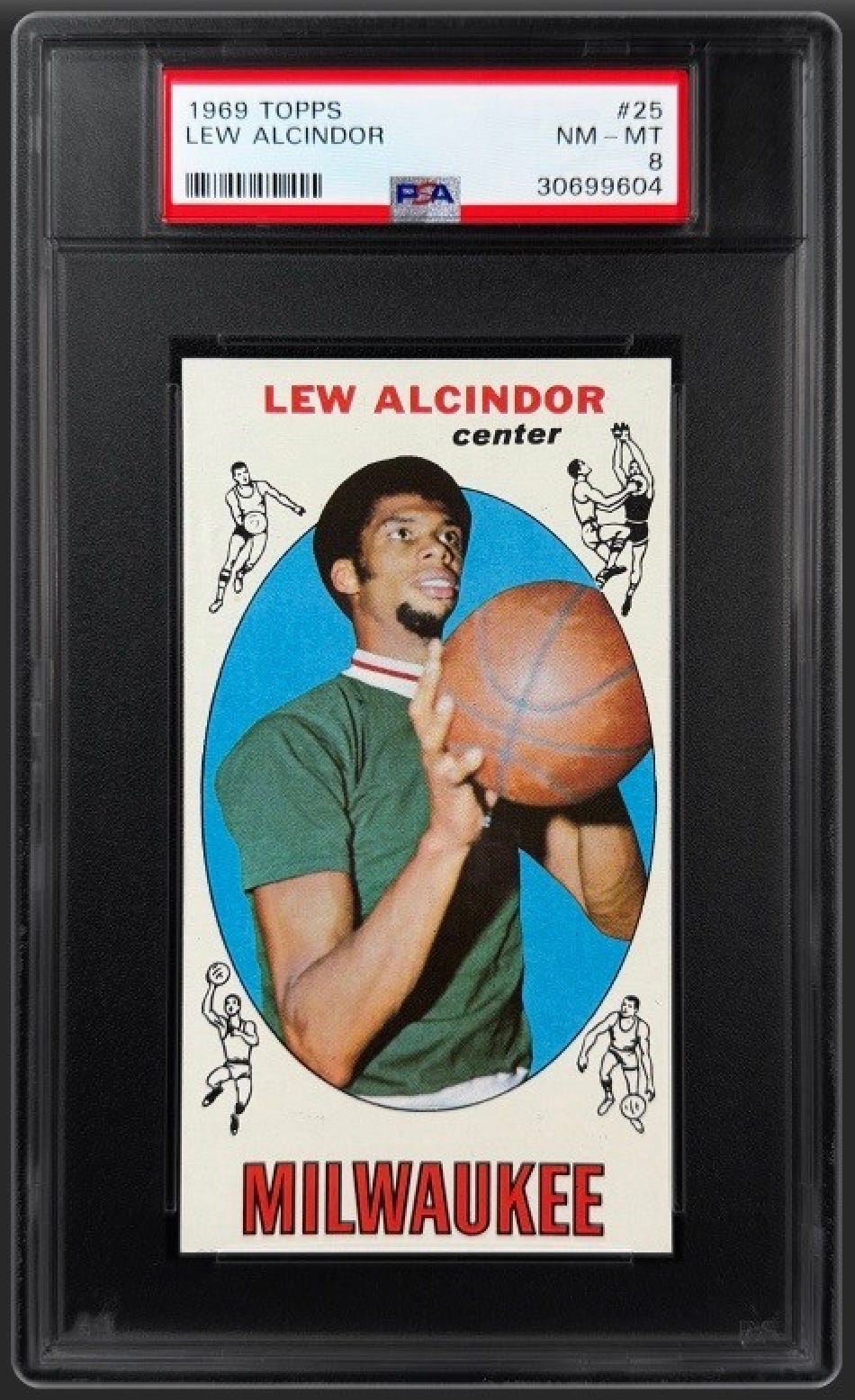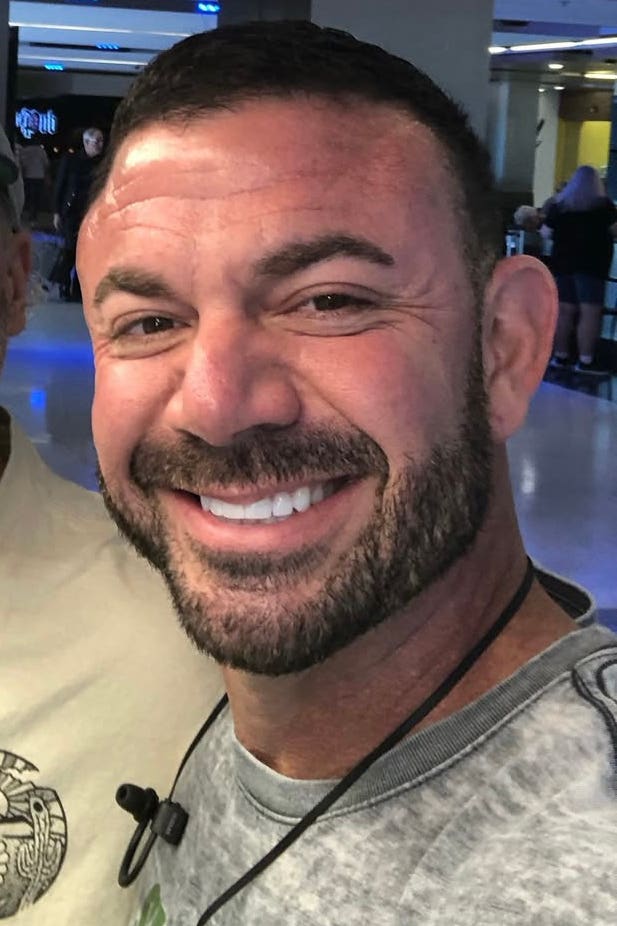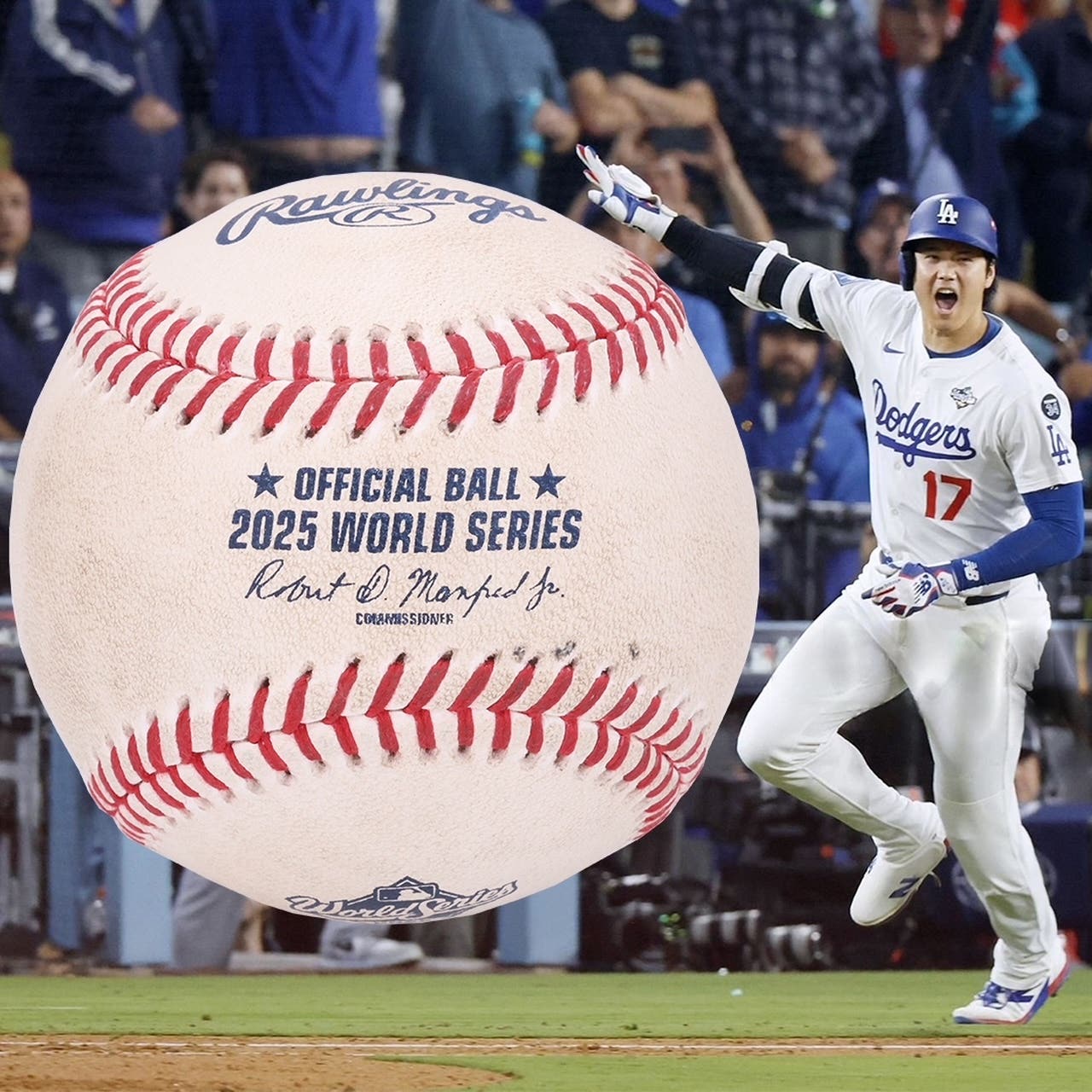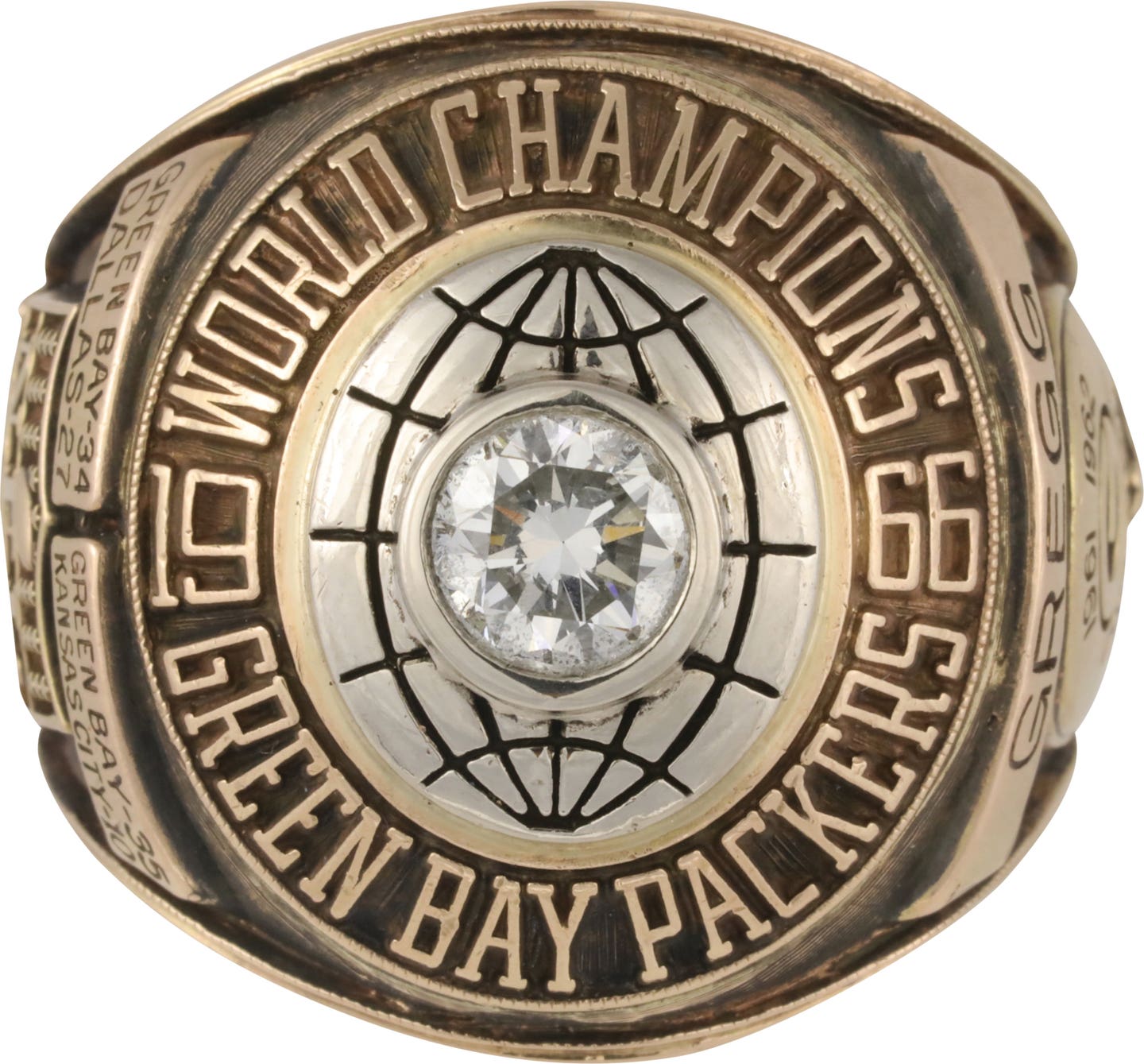News
These second basemen were second-to-none in what was a true Fall Classic
Bobby Richardson was just trying to be practical. With a third child on the way, it made little sense to keep the sporty, two-seat Chevy Corvette given to him for winning the World Series Most Valuable Player Award in 1960. So, a few months before reporting to the New York Yankees spring training complex in Fort Lauderdale, Fla., the following February, he traded it and his antiquated station wagon for a new Jeep and a new station wagon.
Now, hindsight is 20/20, and if the Yankees All-Star second baseman could have peered into a crystal ball, he would have held on to the car that’s become a classic. But, hey, how was he to know its value would increase 25-fold?
“What’s funny is I actually re-purchased the Vette a few years after I sold it in December of 1960, but I didn’t keep it long the second time either,’’ the 85-year-old Richardson said recently from his Sumter, S.C., home. “My friend has an identical car – except it’s cascade green rather than white with red upholstery – and he recently turned down $100,000 for it. If only I had known then what I know now.”
His Vette may be long gone, but his achievement endures. He remains the only player from the losing team to earn World Series MVP honors. And while he’s grateful for the award and that spiffy sports car he drove briefly, he’d gladly make a trade with his second base counterpart, Pittsburgh Pirates’ Bill Mazeroski, whose historic bottom-of-the-ninth, Game 7, walk-off home run that fall gave the Bucs an upset victory against the heavily favored Yankees.
“When you think about it, we both made out very well,’’ Richardson said. “Maz became the only man to win a seven-game World Series with a homer, and I became the only player from a losing Series team to win MVP. But, yeah, if pressed, I’d go with his homer and another championship over the MVP award and the Corvette. Maz got the better deal.”
That their one-of-a-kind feats were achieved during that Fall Classic is fitting, given the bizarre and memorable nature of that lopsided, slugfest 60 Octobers ago. The Yankees lived up to their Bronx Bombers reputation, outscoring the Pirates, 55-27, and winning games two, three and six by a mind-boggling 38-3 margin. And no Yankee did more damage than Richardson, who established records for most RBI in a game (six) and Series (12). Remarkable, considering he hit just one homer and drove in just 26 runs in 460 at-bats during the regular season. But in that ’60 Series, Clark Kent became Superman as Richardson smacked two doubles, two triples, a grand slam and batted .367 with an OPS of 1.054.
“All these years later, I have no explanation for the tear I went on that October,’’ he said. “All I know is that it seemed like every time I came up there were guys on base, and I was seeing the ball really well and my swing was locked in.”
Despite the pummeling by Richardson and his mates, the pesky Pirates prevailed, and Mazeroski would have the last laugh when he led off the bottom of the ninth by depositing Ralph Terry’s fastball over the left-center-field wall at Forbes Field to give the Bucs a 10-9 victory and their first World Series championship since 1925.
Mazeroski, who clubbed 11 homers during the regular season, wasn’t thinking long ball when he stepped to the plate.
“I figured if I got a base hit, someone could push me over to second, and I could score on another hit,’’ he told me a few years ago.
Terry, who had started Game 4, wasn’t used to pitching in relief, and had warmed up several times in the bullpen during that final game. By the time manager Casey Stengel brought him in to open the bottom of the ninth, he appeared tired. Terry’s first pitch was neck high, and Mazeroski took it for a ball.
“Johnny Blanchard was catching for the Yankees, and when he threw the ball back to Terry, he yelled to him to keep his pitches down because I was a high-ball hitter,’’ recalled Mazeroski, who turned 84 on Sept. 5.
The Yankee hurler got his next pitch down, but not low enough. Mazeroski swung with all his might and the chest-high fastball didn’t return to earth until it carried beyond the left-field wall, approximately 420 feet away.
Hundreds of the 36,683 fans at Forbes Field flooded onto the diamond as Maz sped around the bases, wind-milling his batting helmet while living out every little boy’s dream. As the conquering hero rounded third, his teammates and spectators clogged the basepath. Several patted Mazeroski on the back and almost knocked him down as he struggled through the welcoming committee and stomped on home plate.
“By the time I reached the dugout, my legs felt like rubber, and my body was battered and bruised,’’ he said. “There were scratches on my neck. It felt like I had just gone 10 rounds with the heavyweight champion of the world. It was an unbelievable experience.”
His euphoria lasted several weeks, but when the Pirates second baseman reported to Florida the following February, he was ready to move on.
“It was a different time,’’ Mazeroski said. “Hardly anyone brought it up back then. You can’t live on one hit. I had 13 more years to play in the major leagues. It was just another home run.’’
Yeah, right. And the Mona Lisa was just another painting.
No one has duplicated Mazeroski’s exclamation-point homer. The closest anyone has come is Joe Carter, who ended the 1993 World Series with a walk-off home run in the bottom of the ninth of Game 6 to give the Toronto Blue Jays the championship against the Philadelphia Phillies.
Maz’s blast capped a marvelous Series in which he slugged two homers and two doubles and drove in five runs, while batting .320. It would be one of many highlights in a career that saw him win eight Gold Gloves and earn induction into the Hall of Fame in 2001.
“I was a little surprised I didn’t win the MVP award because I had two run-scoring hits that helped us win two other games,’’ he said. “Guess I needed to drive in the winning runs in all four games.”
Richardson was just as surprised. He was sitting next to a sobbing Mickey Mantle in the visiting clubhouse at Forbes Field when Sport Magazine writer Ed Fitzgerald walked over to him and broke the news.
“The thing I remember most was Mickey being so distraught because he thought the better team hadn’t won,’’ recalled Richardson, an eight-time All-Star and five-time Gold Glove winner. “There wasn’t any special ceremony or anything. Ed just shook my hand and told me to show up at a dealership the next day in New York City, and someone would give me the keys to my new Vette.”
Richardson’s election victory was aided by a flurry of early voting. Unlike today, where MVP ballots aren’t cast until after the final out, the majority of the baseball writers in the Forbes Field press box turned theirs in before the start of the eighth inning. The Yankees were leading 5-4 at the time, and immediately tacked on two more runs. In order to get down to the winning clubhouse in time for the postgame festivities, the writers had to leave the press box an inning or two early. As a result, many of them missed seeing the Pirates storm back to take a 9-7 lead in the bottom of the eighth – Pittsburgh’s rally kept alive by a bad-hop, would-be double-play grounder that struck New York shortstop Tony Kubek in the throat. The Yanks tied the game in the ninth, setting the stage for Mazeroski’s heroics. Despite his famous homer, there wasn’t a re-vote. If there had been, he probably would have won, but maybe not.
Mantle, who had a superb Series himself with three homers, 11 RBI, a .400 batting average and an other-worldly 1.345 OPS, also deserved MVP consideration. As did Yankees ace Whitey Ford, who tossed two shutouts. Mazeroski and several of his teammates concede that if Stengel had started Ford in Game 1, thereby making him available for three games instead of two, the Yankees probably would have won it all.
“Whitey was in his prime and on a roll, so they definitely would have beaten us,’’ late Pirates ace Vern Law told me four years ago. “I still don’t know why Stengel waited until Game 3 to pitch Ford.”
Richardson remains baffled by that decision, too.
“Not pitching Whitey in the opener cost us that Series,’’ said Richardson, who delivered the eulogy at Ford’s funeral in October. “And it wound up getting Casey fired.’’
It also wound up allowing Mazeroski to accomplish something never done before or since.
“The Yankees were a superb team, and I certainly wouldn’t have wanted to play them again because we would have lost,’’ he said. “But the bottom line is we beat them that year. It’s in the record books. It can’t be erased.”
Interestingly, like Richardson’s Corvette, Mazeroski’s famous home run ball is long gone, its whereabouts unknown.
“When we were celebrating after the game, I remember about seven different people coming into our locker room, claiming they had the ball and offering to sell it to me for $100,’’ he said. “Every so often, I’ll receive letters from people claiming they have the real ball. But how do you know for sure? After all these years, it’s impossible to prove which is the real McCoy.”
The “real McCoy” would command up to a quarter-of-a-million dollars, say representatives from Heritage Auctions.
Mazeroski held on to the bat he used to wallop his famous homer. He had it bronzed and placed in a safe deposit box. He donated his batting helmet from that historic day to the Baseball Hall of Fame and Museum, where it’s part of a third-floor exhibit dedicated to record-breakers. And, on the second floor, you can view a crystal trophy from Sport Magazine celebrating Richardson’s MVP award.
After this year’s World Series concluded, best-selling author and long-time Yankees media relations director Marty Appel called Richardson to congratulate him on keeping his achievement intact. It’s an annual ritual by Appel, who, as a kid, served as president of the Bobby Richardson Fan Club.
“We get a chuckle out of it,’’ Richardson said. “Like Mazeroski’s home run, it’s stood the test of time.”
Scott Pitoniak is a nationally honored journalist and best-selling author of more than 25 books, including the recently published, “Remembrances of Swings Past: A Lifetime of Baseball Stories,” available in paperback and on Kindle at amazon.com. You can reach him at spitoniak@aol.com or on twitter @scottpitoniak.
Market for Mazeroski, Richardson ’60 Series memorabilia
Cards depicting the heroics of All-Star second basemen Bill Mazeroski and Bobby Richardson during the 1960 World Series have spiked slightly during the 60th anniversary of that historic Fall Classic but are still quite affordable. The 1961 Topps No. 312 card showing Maz heading home after his historic Game 7, bottom-of-the-ninth homer can be had for as little as a dollar or as much as $115 in mint condition. The Topps No. 308 card of the record-setting Richardson at the plate in Game 3 ranges from a dollar to $15.
An autographed Mazeroski baseball with the inscription “1960 WS GW HR” is available for $150, while a signed Richardson ball with the phrase “1960 WS MVP” can be purchased for $40.



